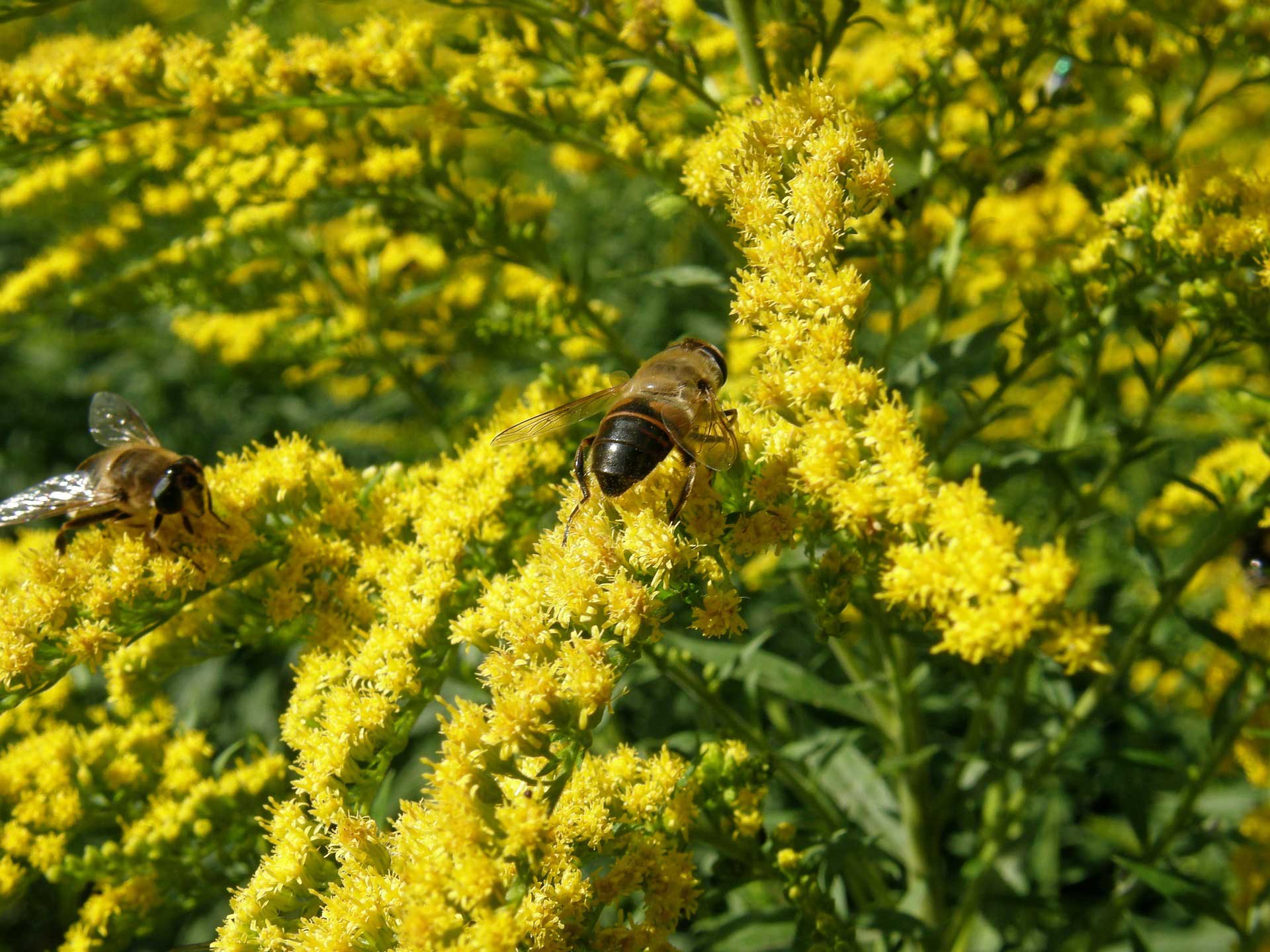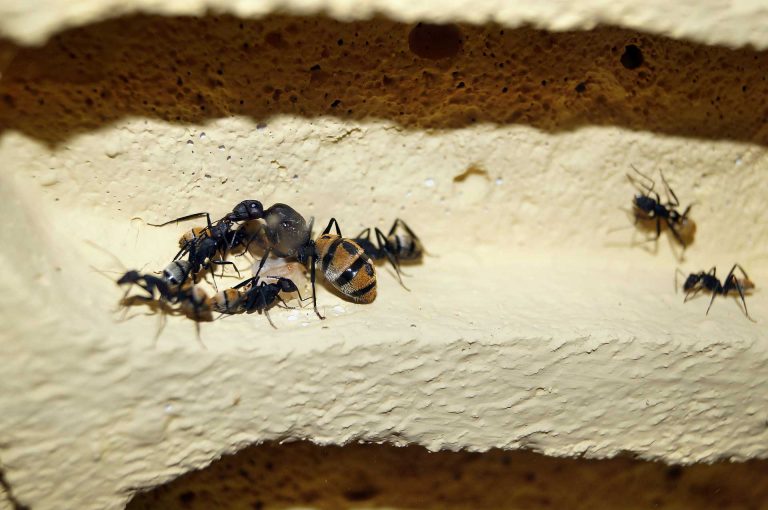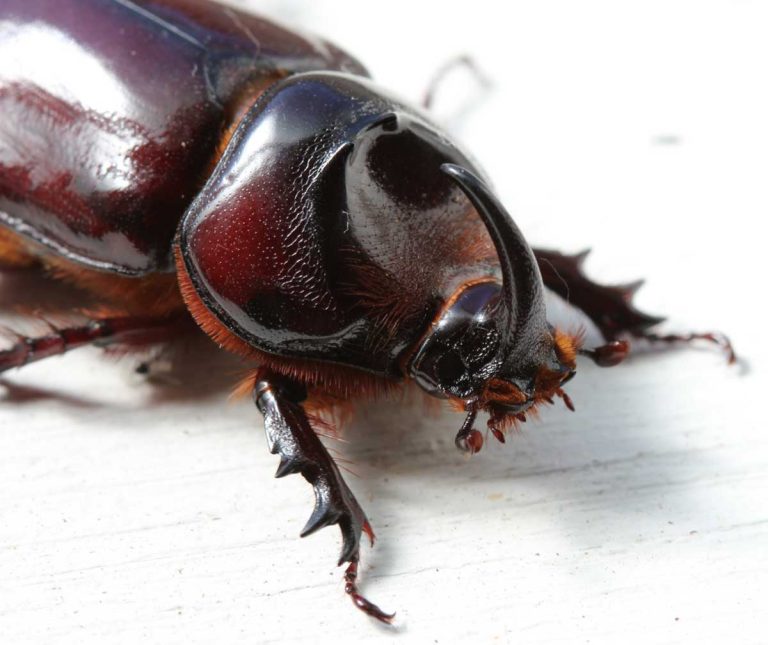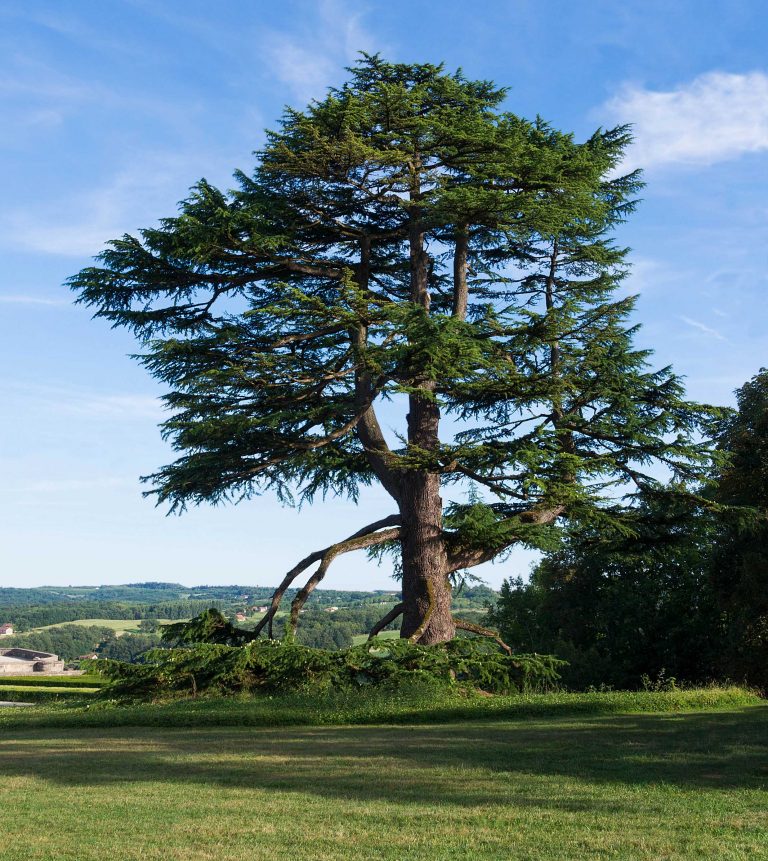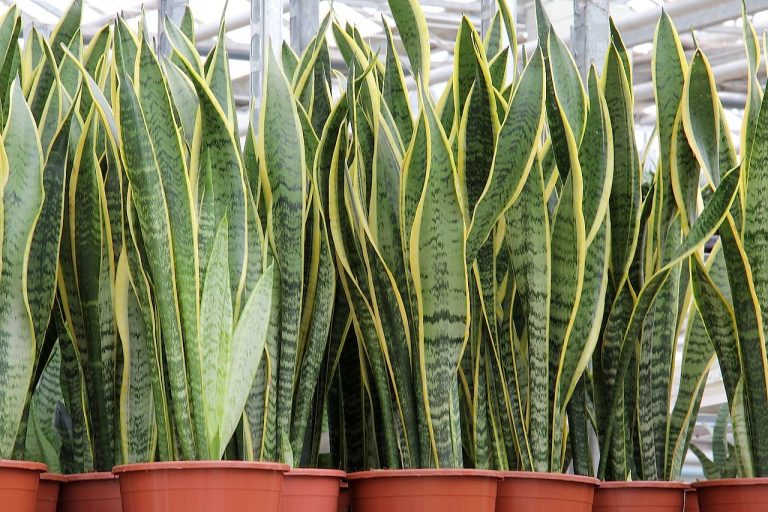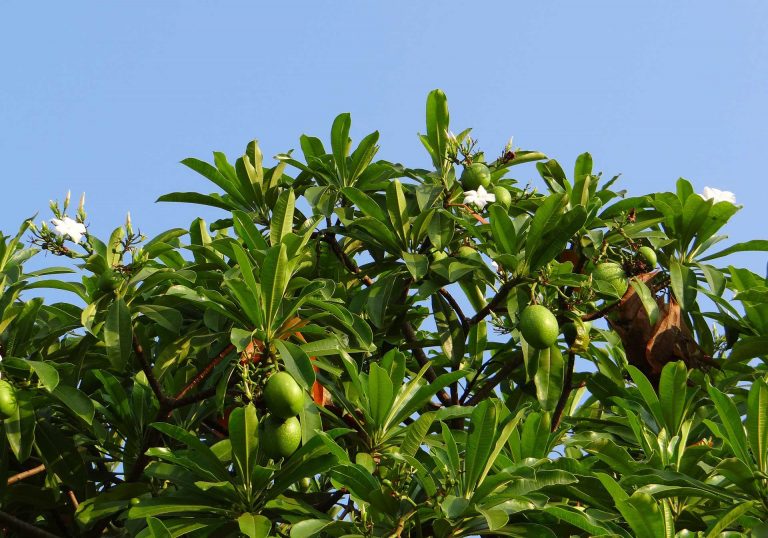Solidago – Introduced into the Middle East By Saladin
Scientific Classification
| Kingdom: | Plantae |
| (unranked): | Angiosperms |
| (unranked): | Eudicots |
| (unranked): | Asterids |
| Order: | Asterales |
| Family: | Asteraceae |
| Tribe: | Astereae |
| Genus: | Solidago |
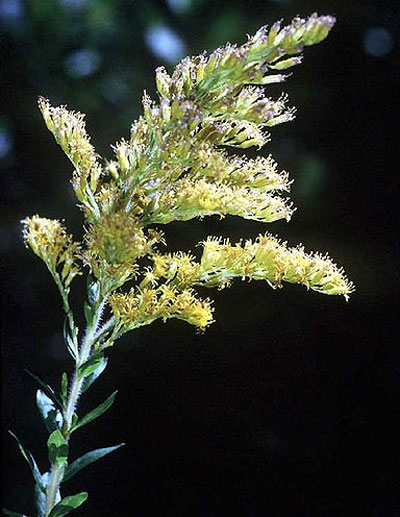
Solidago commonly called also as goldenrod, is a variety comprising of 100to 120 types of flowering plants belonging to the aster family Asteraceae. Many of this type of perennial herbs are seen in pastures, meadows and wastelands of North America. Besides we see some types native to Mexico Eurasia, and South America. Few of the American varieties were brought to Europe and other sectors of the earth. The story goes that the invincible Saladin, who rose from a poor boy to become the Caliph of Egypt and defeated King Richard the Lion-Hearted in the third crusade, introduced the medicinal values of goldenrod to the Middle East.
Anatomy
Tiny little yellow heads of the flowers branch outwards as arches in the form of pyramid grouping, on top of a gray color stem stooping downwards.
Habit: Solidago is a local perennial herb, it does not have branches You see 1-40 or more erect stems with leaf and fine hairs, clumping with extended rhizomes.
Height: 1.7-8 feet (0.5-3.4m)
Leaf: leaves form on the lower part of the stem and are gray to green in color, stout, coarse and alternately arranged on the stem, lancet shaped and sharp, with fine hairs, 3 proclaimed veins, normally like sharp toothed and 1 to 7 inches (30 to 170mm) long, 0.2-1 inch (5-25mm) in width; gradually decreasing in size with less teeth on the top.
Flower: flowers are yellow to golden in color, cylindrical in shape and of quarter inch (6mm) in height; displayed on the higher side of the tall branches in the form of pyramids, terminating in bunches.
Fruit: the fruit consists of small conical shaped dry seeds, with bristles of length 0.1-0.2 inches (3-5mm) at the ends.
How to Cultivate Domestically
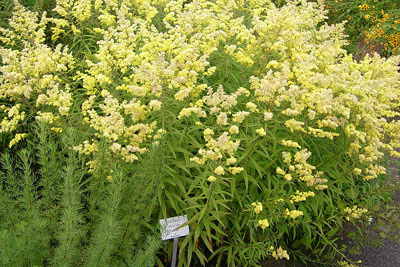
Photo by: Justus Nussbaum
Preparation for Planting
Solidago is not suitable for landscape arrangement because of its spreading rhizome growth. In spite this, planting Solidago in pots buried deep in the ground is an alternate solution; alternatively, remove the extra growth on a yearly basis. Before the seeds become ripe, remove the heads of the flower to have control on the seed dispersion.
Planting
Enthusiasts particularly plant each rooted liner within a gap of six inches or in smaller size pots. Solidago are fundamentally woodland edge or prairie plants. They grow well in damp, rich and properly drained soil, though many of them also prosper on weaker soils that give smaller plants. Solidago grows well in sunlight even though slight shade will not affect them much However, excess shade renders them floppy and weak.
Placement and Watering
Solidago are in general seen by the roadsides, woods perimeters and in ditches, all the more it grows everywhere. Solidago grows in areas with loose soil; they need a moderate quantity of water. When you have to water them, irrigate the soil properly and permit the soil to dry intermittently in the course of watering.
Flowering Period
Solidago blossoms from July to October. They are self-attuned and proliferate by cross pollination that takes place with the help of insects.
After-Bloom Care
Behead the flowers to avoid self-pollination, since this plant occupies large spaces very easily. Goldenrods grow in weak soil and do not need much care. Avoid trying to nourish these plants since they are likely to grow taller with weak stems.
Come fall, cut these plants to their roots or let them alone in winter and cut them in spring. With the use of a sharp clean spade, separate these plants at the roots during the spring.
As Cut Flowers
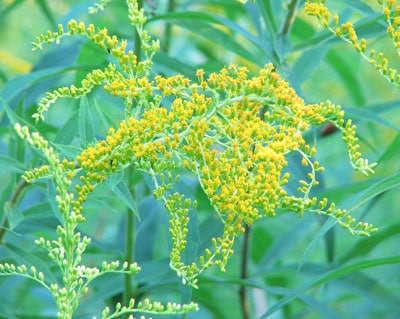
Clip your Goldenrod stems with a pair of sharp scissors for an unfastened array of flowers in the early fall and late summer. Goldenrod plants also make excellent dried flowers. Lance the stems and hang them indoors headlong down for them to dry.

Having discovered a fondness for insects while pursuing her degree in Biology, Randi Jones was quite bugged to know that people usually dismissed these little creatures as “creepy-crawlies”.

